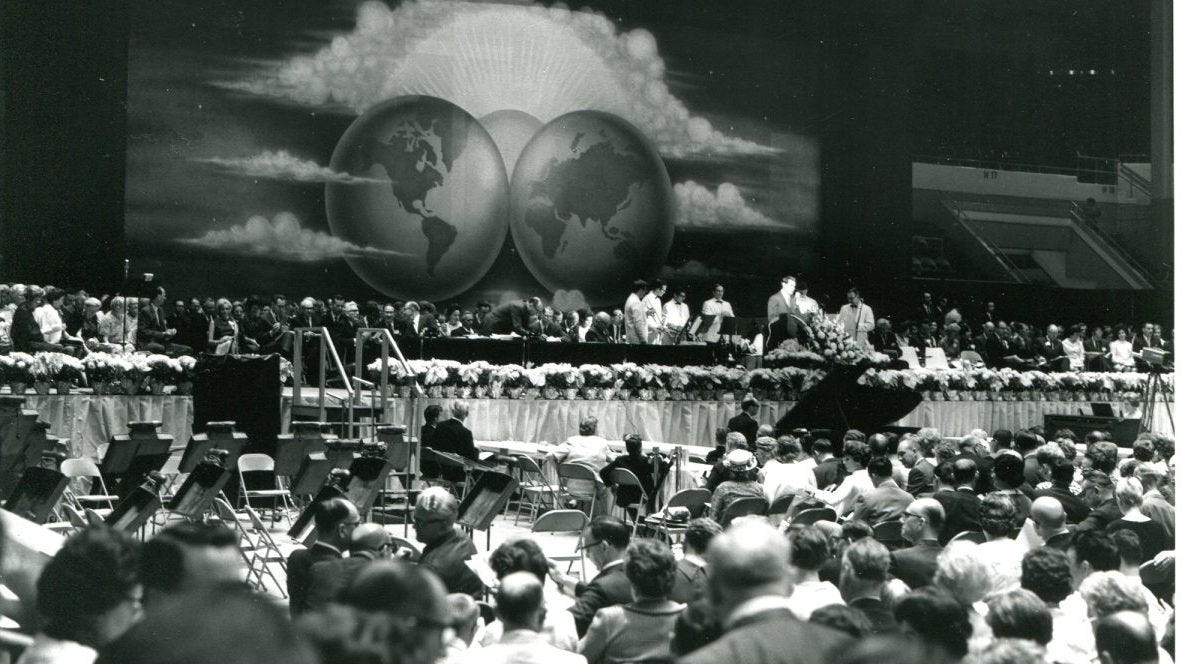New Paradigm: Celebrate the Replacement of Revitalize and Replant Strategies
Local denominational organizations/judicatories empowering their congregations to serve from the base of their context. Based on Baptist associations in the Southern Baptist tradition.
(Subscribe to this Substack Blog using the “Subscribe now” button below.)
Beginning in January (2025), I started writing and publishing a series of columns with The Baptist Paper—then posting them on this blog—about imagining what a national denomination would be like if the local denominational organization—rather than the regional or national organization—was in the lead role by the year 2033.
The Baptist Paper is a publication of TAB Media. Request a free trial HERE. See all TAB Media columns written by George Bullard HERE.)
SPECIAL OFFER! Use promotion code “Bullard” to subscribe to The Baptist Paper print and digital editions at half-price by going HERE. Seven of these columns have posted on this blog. As of today I have at least four or five more to go.
New Paradigm: Celebrate the Replacement of Revitalize and Replant Strategies
The Year of Jubilee for your association in 2026 presents an excellent opportunity to replace a decades old approach to revitalizing and replanting congregations.
We need something new. We now have better insights.
However, it is difficult to abandon the current movement and programmatic emphases. They have been around so long and have gone through multiple phases and stages.
RELATED: Check out more articles on the impact of Baptist associations.
Revitalization and replanting currently generate a lot of excitement, ownership and resources within our denomination. Nevertheless, a new approach is mandatory.
During the past 70 years, we have shifted from just over half of Southern Baptist congregations plateaued or declining in the early to mid-1950s to more than 80% in that situation. We are going backward.
While we can highlight numerous case studies of great success and significance in revitalizing and replanting, the larger picture indicates we are underperforming.
This calls for replacement strategies, not just a modification of current strategies.
The Background
After World War II, soldiers returned home, married or rekindled their marriages, had children and pursued careers. Their families helped numerous congregations flourish. Many new congregations were established.
The crescendo of local church growth waned in the mid-1950s. Research indicates there was a peak in congregational attendance, followed by patterns of decline.
One response was a new wave of church growth strategies and tactics. These focused on motivating congregations that had stopped growing and helping new congregations reach more people.
The period from the mid-1950s to the mid-1960s revealed a significant crisis among Baptists and other denominations in both urban and rural areas.
Continue reading HERE.
Let me hear from you if you want to talk about this.




